The Constellation Hydra, the Sea Serpent
Click on image for full size
Hydra
Hydra is the longest constellation in the sky and is also the largest
in terms of area. It is so long that it takes more than six hours to
rise completely. Along its northern side, we can observe the
zodiacal signs of
Cancer,
Leo,
Virgo and Libra.
The stars in the serpent's head appear to be at the same distance but
they are really very far away from each other. The northernmost of
the six stars in the head of the serpent, Epsilon Hydrae, is a
quintuple star - a system of five stars. Alphard (Arabic for "the
solitary one") is Hydra's brightest star.
In Greek mythology, Hercules
slew Hydra, a horrible serpent with many heads that grew back as soon
as they were cut off. Killing the Hydra was one of Hercules' twelve
labors, during which he also defeated Leo, the
lion, and Draco, the dragon.
You might also be interested in:

How did life evolve on Earth? The answer to this question can help us understand our past and prepare for our future. Although evolution provides credible and reliable answers, polls show that many people turn away from science, seeking other explanations with which they are more comfortable.
...more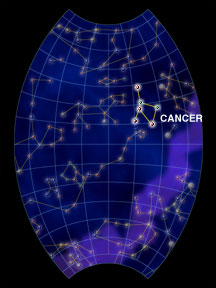
Cancer, the Crab, is a member of the Zodiac, a group of constellations that the Sun travels through each year. Cancer is best seen during the month of March, but is visible from December through June.
...more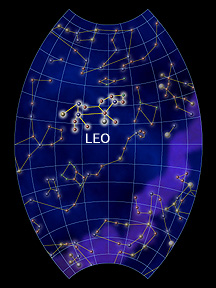
The constellation Leo is known as the Lion. Leo's head and mane make up an upside-down question mark called the Sickle. One of the brightest spring stars, Regulus (Latin for "little king"), is at the base
...more
The constellation Virgo is known as The Maiden. The constellation represents almost every famous and powerful female in mythology, including Athena, Artemis, Persephone and Demeter. She is usually carrying
...more
Hercules, the great Greek warrior, can be seen kneeling in the sky for northern latitudes throughout the Spring months. Hercules first becomes visible in the east in April, and works his way high across
...more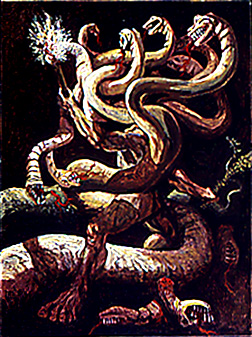
A long time ago, Greek people believed that a long strip of stars was really an image of a gigantic serpent known as the Hydra. The people of Lerna were terrorized by this serpent--a horrifying beast with
...more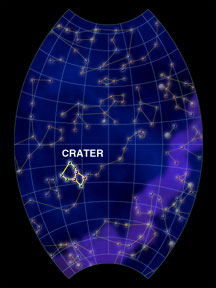
The constellation Crater is known as the Cup. Crater is a small constellation located between Hydra and Leo and next to Corvus. Crater is best seen sometime between March and June. You'll have to scan
...more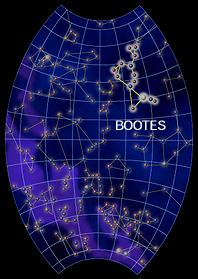
Bootes, the herdsman, rides through the sky during the late Spring and early Summer. While he may have appeared as a shepherd to the ancients, modern star-gazers like us can easily recognize the shape
...more















